Big Weather through the Eyes of Artists
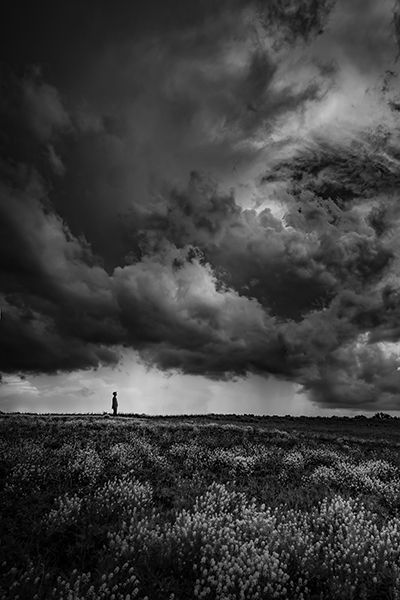
All countries experience Big Weather and the U.S.A. and Australia probably experience big weather phenomena more often than many other countries.
Melbourne where the AnArt4Life team live is known for producing samples of weather from all four seasons in one day. We learn from a young age to wear layers of clothes and always have an umbrella or rain jacket very close. And we are surrounded by countryside extremely prone to bush fires and the further north you go the more prone the land becomes to floods and cyclones.
Whilst being utterly terrified of all Big Weather Events I have to admit to also finding a great fascination and once more to marvel at the Hand of Mother Nature.
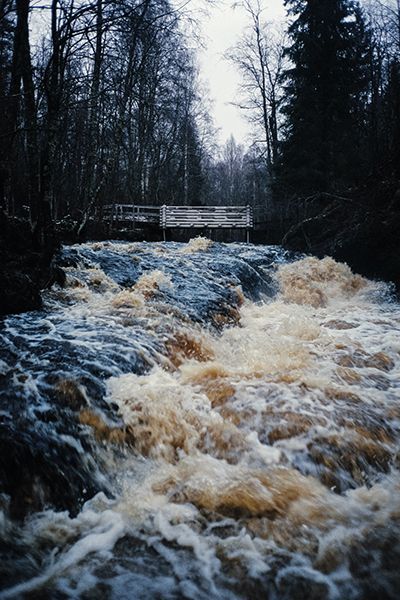
Let's look at some weather through the eyes of artists who each represent different ways to recreate and explore the phenomenon of weather.
My favourite weather painting comes from one of the greatest artists of all time - English painter JMW Turner (1775-1851).
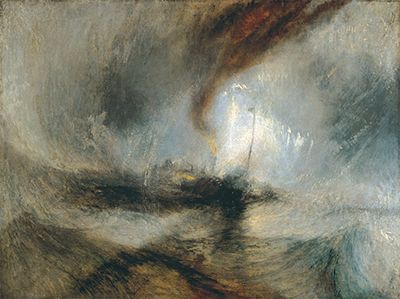
When you first see the Turner painting Snow Storm - Steam-Boat off a Harbour's Mouth one might think this is an abstract expressionist piece, but in fact this painting was made in 1842, approximately 100 years before the abstract expressionist painters came to the forefront. The way Turner has handled the paint in swirling motions easily gives the feeling that this boat is in the center of an intense storm. An interesting side note: it has been suggested that Turner was inspired for this painting while lashed to the mast of a ship during an actual storm at sea. This is not a proven fact, it may just be a tall tale to boost the heroic nature of this painting.1
Next for us to look at is probably the most famous of all Japanese paintings and which was created by Japanese artist Katsushika Hokusai (1760-1849).
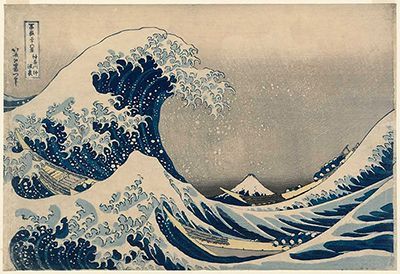
The Great Wave also known as Great Wave of Kanawaga by Hokusai is a woodcut and was created around 1831 as part of a series of woodblock prints called Thirty-six Views of Mount Fuji (Fugaku Sanju-roku Kei)...The most eye-catching feature of the painting is the extended wave as it is about to break with the crash of its claw-like crest. The beautiful dark blue pigment used by Hokusai, called Prussian Blue, was a new material at the time, imported from England through China. The wave is about to strike the boats as if it were an enormous monster, one which seems to symbolise the irresistible force of nature and the weakness of human beings.2
To understand a little more of Hokusai's place in the history of Japanese art click here.
And for a more indepth look at some more works by Hokusai click here.
And now to a water colour painting that illustrates in a simple but dramatic style the forces of nature. The artist is American Charles Burchfield and he produced the East Wind in 1918. The house is being pummeled by rain in the west and the wind from the east.1
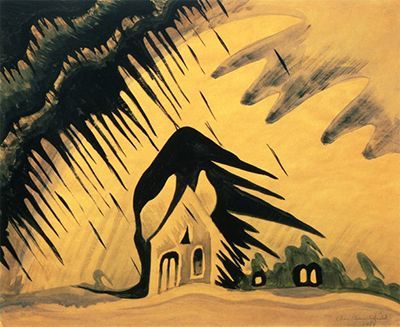
Two more works by Charles Burchfield again illustrate the dramatic and threatening way he perceived the force of weather.
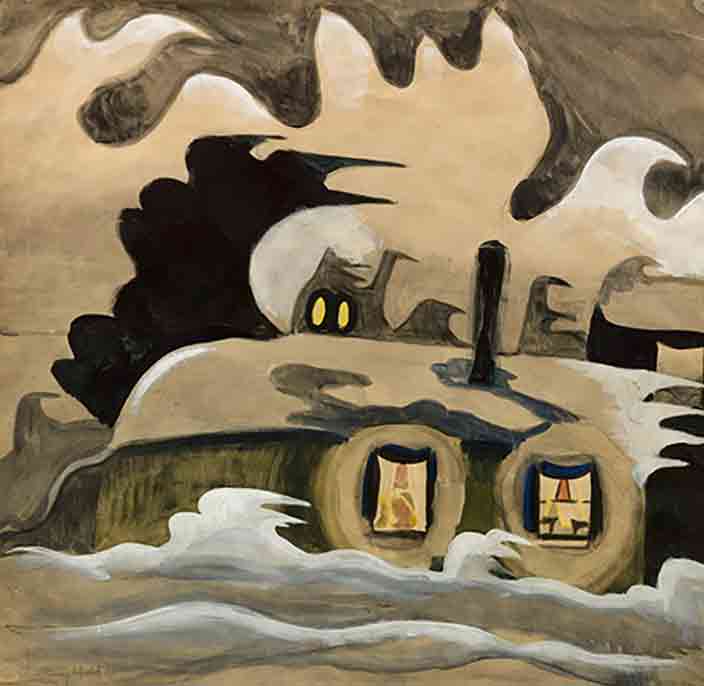
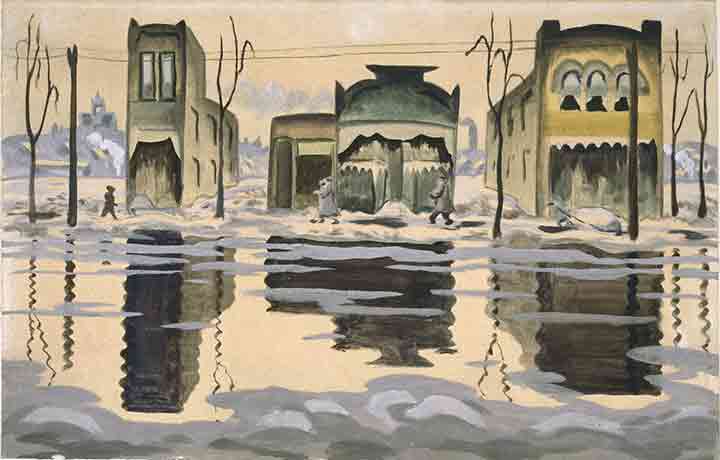
And how do artists perceive and recreate the power of the weather in the C21st?
Below is The weather project an installation created in 2003 by Olafur Eliasson using monofrequency lights, projection foil, haze machines, mirror foil, aluminium, and scaffolding with dimensions: 26.7m x 22.3m x 155.4m. The installation was constructed in the Turbine Hall, Tate Modern, London.4
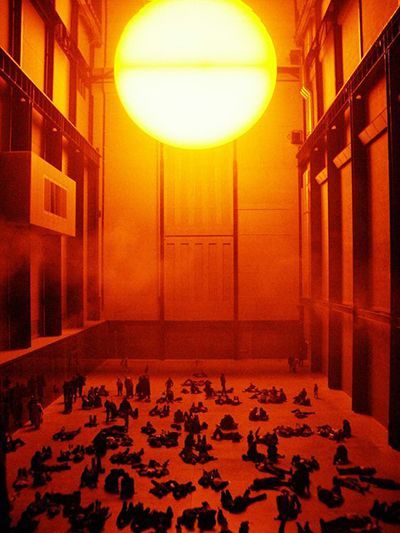
In this installation, The Weather Project, representations of the sun and sky dominate the expanse of the Turbine Hall. A fine mist permeates the space, as if creeping in from the environment outside. Throughout the day, the mist accumulates into faint, cloud-like formations, before dissipating across the space. A glance overhead, to see where the mist might escape, reveals that the ceiling of the Turbine Hall has disappeared, replaced by a reflection of the space below. At the far end of the hall is a giant semi-circular form made up of hundreds of mono-frequency lamps. The arc repeated in the mirror overhead produces a sphere of dazzling radiance linking the real space with the reflection. Generally used in street lighting, mono-frequency lamps emit light at such a narrow frequency that colours other than yellow and black are invisible, thus transforming the visual field around the sun into a vast duotone landscape.4
For Melbourne subscribers and followers you are in luck - there is an exhibtion at the Ian Potter Centre called Big Weather opening on the 12th of March, showcasing indigenous art dealing with the weather.
I hope to be able to attend the exhibition and bring you some of the images.
We will conclude with the terrifying weather phenomenon called a haboob which is a giant dust that occurs in deserts in the Middle East and the one below was photographed in Southern Arizona.
And if you are interested in getting a little assistance in finding your way tomorrow's post will go a long way towards helping you. Or will it?
Credits
1. artsology.com
2. theculturetrip.com
3. legomenon.com
4. tate.org.uk
5. pinterest.com.au
